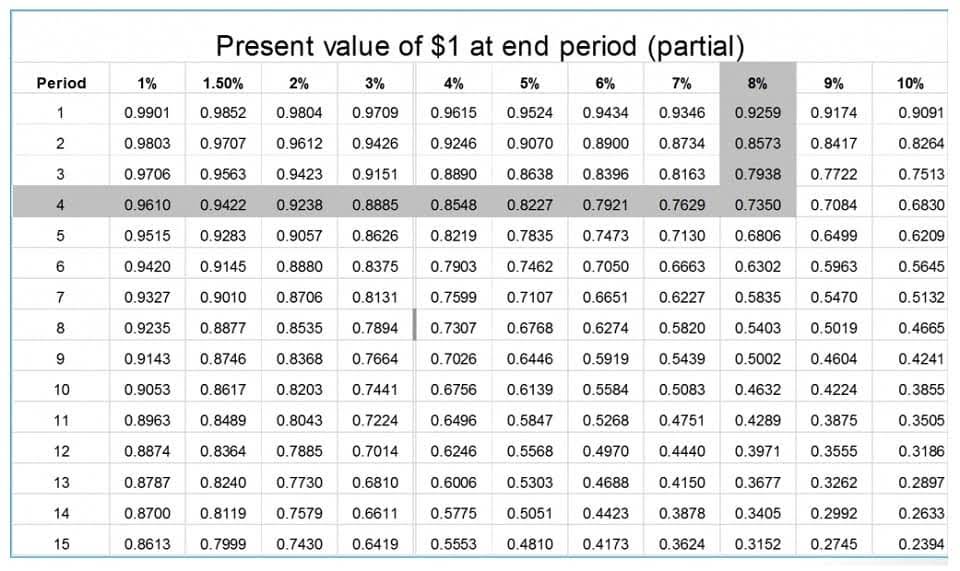
The average collection period may also be used to compare one company with its competitors, either individually or grouped together. Similar companies should produce similar financial metrics, so the average collection period can be used as a benchmark against another company’s performance. Enhancing efficiency in your average collection period can be an effective way to improve your company’s cash flow and overall financial health.
Understanding Goodwill in Balance Sheet – Explained
It means that Company ABC’s average collection period for the year is about 46 days. It is slightly high when you consider that most companies try to collect payments within 30 days. The longer a receivable goes unpaid, the less likely you are to be able to collect from that customer. If you have difficulty collecting customer payments, it’s tough to pay employees, make loan payments, and take care of other bills.
Formula for calculating Average Collection Period
But if the average collection period is 45 days and the announced credit policy is net 10 days, that’s significantly worse; your customers are very far from abiding by the credit agreement terms. This calls for a look at your firm’s credit policy and instituting measures to change the situation, including tightening credit requirements or making the credit the formula for average collection period is terms clearer to your customers. You leave cash sales out of the formula because cash sales don’t affect your accounts receivables balance. It can set stricter credit terms limiting the number of days an invoice is allowed to be outstanding. This may also include limiting the number of clients it offers credit to in an effort to increase cash sales.
Limitations of the Average Collection Period Ratio

A good example of this would be the automotive industry, where manufacturers sell to distributors on credit terms, leading to a more extended collection period. The second component of the formula, Average Daily Sales (ADS), represents the average amount of daily sales generated by the business. This is calculated by dividing the total sales for a certain period by the number of days in that period. Average daily sales give context to the Accounts Receivable figure by expressing it per day, allowing for a better comparison between different periods. This would show that your average collection period ratio of the year is around 46 days.
Let’s say that Company ABC recorded a yearly accounts receivable balance of $25,000. Net credit sales are the total of all credit sales minus total returns for the period in question. In most cases, this net credit sales figure is also available from the company’s balance sheet. The first step in calculating your average collection https://www.bookstime.com/ period is to find your average accounts receivable. To do this, you take the sum of your starting and ending receivables for the year and divide it by two. Upon dividing the receivables turnover ratio by 365, we arrive at the same implied collection periods for both 2020 and 2021 — confirming our prior calculations were correct.
Implications for Business Stability and Growth

- A company would use the ACP to ensure that they have enough cash available to meet their upcoming financial obligations.
- However, the figure can also represent that the company offers more flexible payment terms when it comes to outstanding payments.
- A business that offers extensive credit terms, such as ‘net 90 days’, will naturally have a longer average collection period than a business that insists on ‘net 30 days’.
- It can help identify potential problems in the company’s credit policies if, for instance, the average collection period is trending upward over time.




